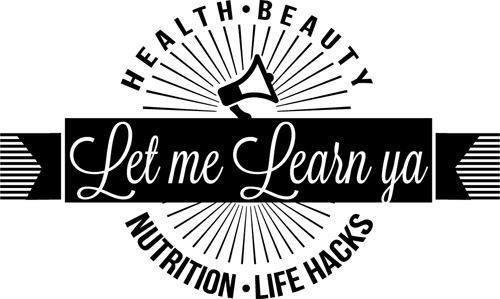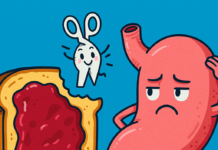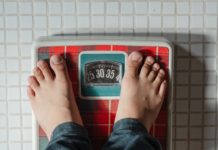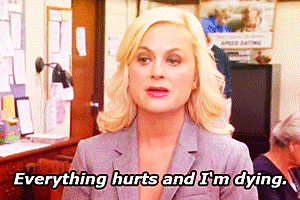NOTE: This was written a looooong time ago and much has changed. I will write an update to this article as soon as I can!
The recent popularity of the ketogenic diet has a lot of people asking questions such as “What is the ketogenic diet? Does the ketogenic diet work? Is the ketogenic diet a fad? Will it give me a heart attack?”
So let’s chat about what the ketogenic diet is by busting some common myths first!
If you don’t care about all that crap and just want to find out what my experience was, scroll down to “Why I tried keto” to skip all the learnin’.
Table of Contents
Myths of the ketogenic diet
Myth #1: It is the Atkins diet.
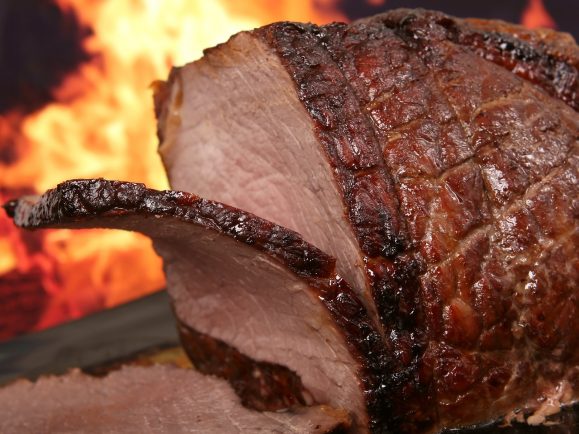 NOPE! The main difference between the ketogenic diet and Atkins is that Atkins only limits carbohydrates. As long as you keep your carbs below a specified number (depending on what phase you’re in), you can eat as much protein and fat as you want.
NOPE! The main difference between the ketogenic diet and Atkins is that Atkins only limits carbohydrates. As long as you keep your carbs below a specified number (depending on what phase you’re in), you can eat as much protein and fat as you want.
People sometimes make the mistake of eating a TON of protein on Atkins, which when in excess, can be converted by the liver into glucose.
Glucose is the absolute smallest carbohydrate molecule. In certain amounts, it can keep you from entering something called ketosis (more on that later). The ketogenic diet requires you to enter ketosis.
The ketogenic diet differs from Atkins by specifying all three macronutrient percentages to target daily. The original, medically-supervised keto diet required the following macronutrient percentages: 75% fat, 15-20% protein, 5% carbs. Therefore protein is limited, carbs are severely limited, and fat is king!
Myth #2: Ketosis is the same as ketoacidosis.
People tend to get ketosis and ketoacidosis mixed up. Let’s fix that!
Ketoacidosis is a life-threatening condition some people, such as those with type 1 diabetes mellitus (T1DM), are at risk of experiencing. To sum it up hopefully quickly:
- People with T1DM do not produce enough insulin.
- Insulin acts as a “key” to unlock a “glucose-specific door” on the cells to allow glucose (the body’s preferred fuel source) into the cell.
- Without the door opening up, the cells can’t get glucose.
- The cells are starved, causing the body to search for an alternative fuel source.
- The body starts breaking down stored fat and producing ketones, which are then used as fuel in place of glucose.
- When this ketone production is excessive and uncontrolled, the pH of the body can become too acidic. This is BAD, and can cause damage in the best of cases, or lead to death in the worst of cases.

However, ketosis is when the body chooses to use fat as energy (producing ketones) in the absence of dietary carbohydrates. This can happen if you’re on a low-carb diet, you’re fasting, and/or if you’ve consumed too much alcohol. In ketosis, the levels of ketones are not excessive and your body is properly using them for energy.
Myth #3: The ketogenic diet is another fad.
The ketogenic diet is unique in that it is not a fad diet that BECAME an abused fad diet. It originated as a medically-supervised diet to treat epilepsy and seizures in the 1920s. It is also one of the only treatments for people with certain metabolic disorders, such as GLUT-1 Deficiency Syndrome. Over the years, numerous scientific studies have supported its positive effects on:
- Seizures in children and adults
- Autism
- Reduction in fasting blood glucose (FBG)
- Reduction in HbA1c
- Weight loss
- Migraine symptoms
- Fat loss without losing muscle
- Reduction of intramuscular fat
- Lowering inflammation markers
Myth #4: You eat cheese and bacon all day

You can abuse any type of diet and still get results if you’re only looking at short-term weight loss. You can lose weight on low-calorie diet eating nothing but skittles and chips. This doesn’t mean it’s healthy, good for you, or that you’ll see long-term results.
However, if you’re doing the ketogenic diet correctly, you might end up eating more vegetables than you did before! When you eat non-starchy/non-grain carbohydrates, it’s pretty shocking how many you can eat while keeping your carb count low. A ketogenic diet should consist of lots of healthy fats, a moderate amount of protein, lots of non-starchy vegetables, and little to no processed foods.
Why I tried the ketogenic diet
For the past 10 years, I have been obsessed with being healthy, learning about food, and nutritional science. For most of those ten years, I was doing everything dietitians and doctors would cry tears of happy joy over. High fiber, low fat, moderate amounts of lean meats, regular exercise, etc.
At first, I was seeing pretty good results and fat loss (though it was mild, slow, and temperamental).
However, I never felt…good. I was frequently tired, would fall asleep in the middle of the day, experienced brain fog, and suddenly out of nowhere, my digestion decided to call it quits. I won’t go into detail, but it wasn’t pretty.

What was my diet before this challenge? I was hitting the perfect macronutrients prescribed by dietitians:
- Carbohydrates: 45-65%
- Fats: 20-35%
- Protein: 10-35%
I made 90% of my meals at home, avoiding most processed foods. The majority of my diet came from whole grains and veggies, lean protein, heart-healthy fats, beans, nuts, seeds, and some fruit. I rarely splurged on food and drinks when going out (mostly because my school schedule had turned me into a hermit). The only beverages I drank were water, tea, or coffee.

However, I was diagnosed as hypothyroid during this time, my fasting glucose was borderline high (I would have been classified as pre-diabetic), AND could not have a normal bowel movement to SAVE MY LIFE.
My energy levels were so low that my house looked like the home of a hoarder. My dishes were piled up, dirty clothes were thrown everywhere, and I could not bring myself to clean it up. I didn’t have the energy to socialize, so my relationships were suffering.

I started experimenting with what I was eating, and boy…did I experiment. I tried the GAPs diet, the Perfect Health Diet, the Fast Tract Diet, Paleo, low FODMAPs, going vegetarian, being vegan, low-calorie, and low-fat. Nothing freaking made me feel better.
Enter…the ketogenic diet. I’m tired of typing, so the ketogenic diet will be referenced as “keto” from this point forth.
I chose to try it specifically for three reasons:
- My blood sugar issues.
- Not being able to lose weight no matter what I ate or how much I exercised.
- My worry that I had damaged my metabolism from previous crash-dieting and intense workouts.
So shut up and get to the point, right Lana? CALM DOWN YOU GUYS…sheesh.
What did I eat?
I decided I wasn’t going to go crazy eating mainly bacon and cheese like some people. I wanted to get the majority of my fats from tasty meats and happy fats (avocado, olive oil, coconut oil, MCT oil, nuts, and seeds).
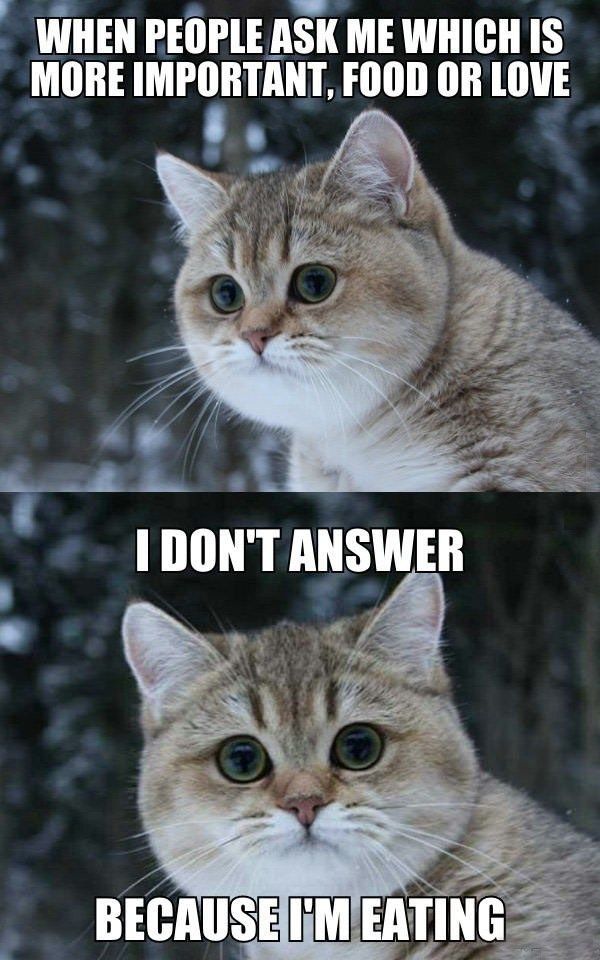
I bucked the keto system by eating as many vegetables as I could stand, upping my carbs to about 10-15% as opposed to 5%. I avoided starchy veggies (potatoes, sweet potatoes, corn), lowered my intake of moderately starchy veggies (carrots, onions, peas) and ate my weight in low-carb veggies (all leafy greens, mushrooms, broccoli, etc.).
I didn’t eat any processed keto foods such as Quest bars, Atkins snacks, or keto-baked-goods.
Examples of a typical “nom nom” day
Breakfast
EGGS. EGGS. MORE EGGS. I loved eating egg frittatas. Usually I’d add a meat, two cups of some type of veggie mix, and wee bit o’ cheese. Sometimes I’d have Bullet Proof coffee (I don’t know why people freak about adding a tablespoon of butter to coffee, but they’re fine with sucking down a 600 calorie Frappuccino, which contains gallons of cream-fat and sugar).
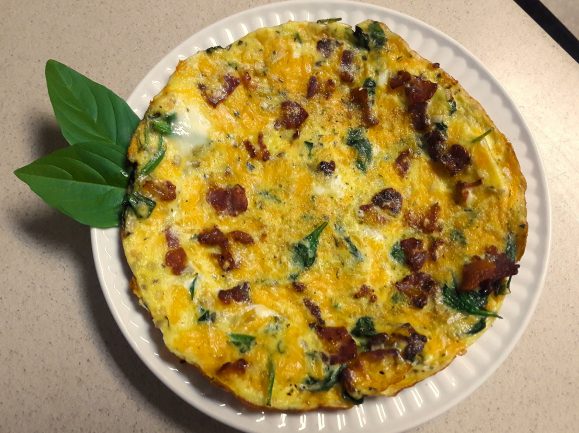
Or a delicious keto smoothie with a small number of berries, a cup of mixed greens, coconut milk, protein powder, and chia (sometimes I’d add matcha for a boost):
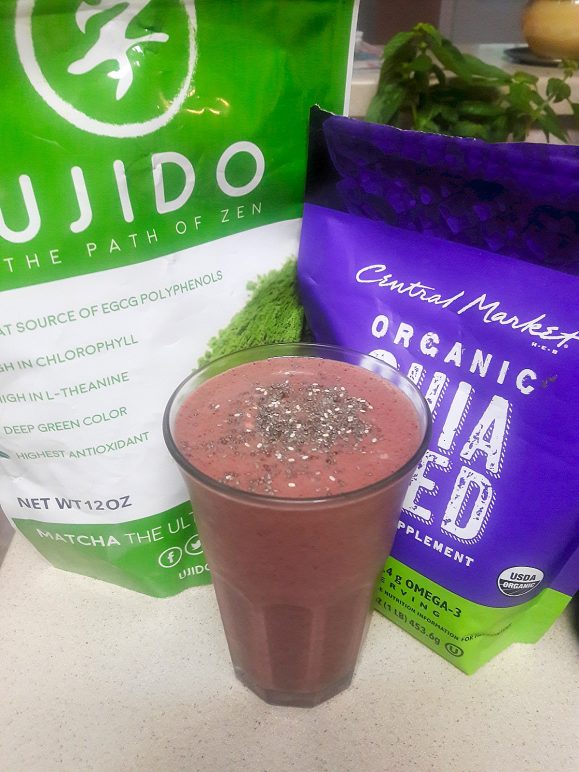
Lunch
If I was stuck at school all day, I’d pack some tasty chicken curry wraps, topped with hemp seed and nutritional yeast with a cup or two of homemade chicken broth on the side:
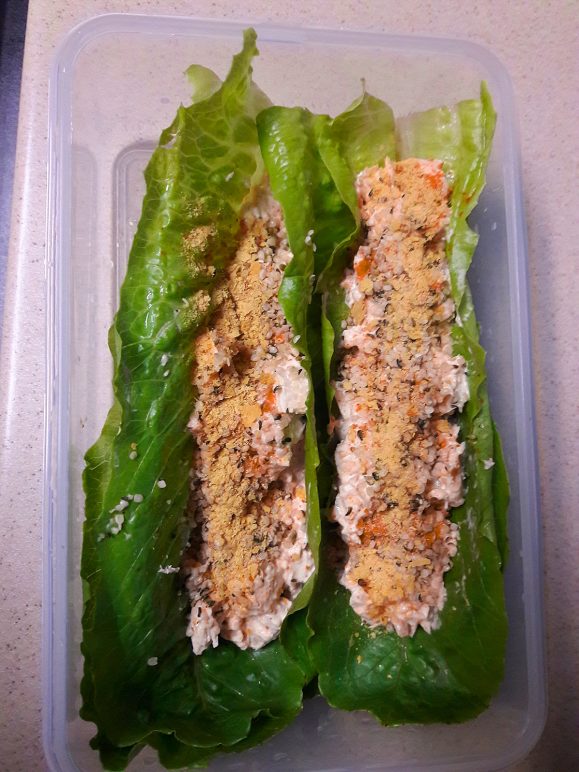
Or I’d have a huge salad with 2-3 cups of greens, an additional cup of raw veg, olive oil, an animal protein, and some nuts/seeds.
Dinner
I’d usually make some type of tasty Thai/Indian-style dish with a protein, coconut milk, two types of veg, and my favorite Savory Spice Curry or Vindaloo seasoning. Sometimes I would add a little potato if my carbs were low that day.
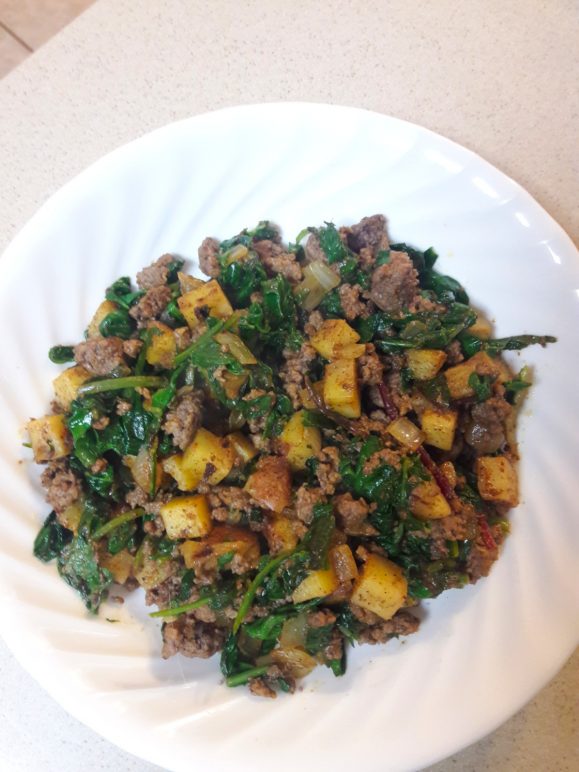
Two times a week I’d bake salmon and eat with cooked veggies to get some omega 3’s.
Snacks
At first, I reaaaaally needed snacks. But after a while I didn’t! If I felt snacky I’d munch on hard-boiled eggs, cheese, Kirkland steak strips, nuts, hummus, or veggies with almond butter.
Or I’d get crazy and wrap avocado in bacon (yes it’s bacon and it wasn’t frequent. SUE ME.):
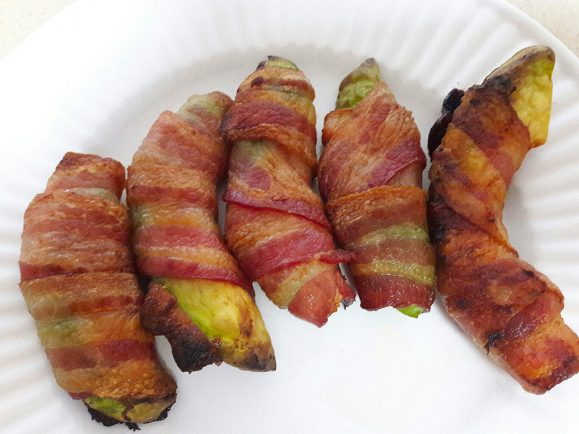
The horrible transition
Keto Flu is a B*%$@
Anyone who has ever attempted or read about keto has heard or experienced the dreaded keto flu. It hit me pretty hard. You see, I’m what you would call a carb-a-holic, bread-fiend. If someone told me I could eat nothing else but sugar and various types of bread for my entire life, I would rejoice.
And since I was transitioning from a steady “sugar in my coffee, high-grain, high-carb” diet, cutting them out immediately almost killed me. Ok, I’m being dramatic. It wasn’t THAT bad, but it also totally sucked. I’m trying to be honest with y’all.

By day two I was experiencing exhaustion like I never before, headaches, crankiness, depression, nausea, and body aches. It was like I was detoxing from a small dose of heroin. I also experienced keto rash, which is a rare but awesome reaction your body has to ketones being released in your sweat.
Thankfully there was a lot of helpful literature online. I upped my electrolyte intake, drank plenty of water, and slept (when I could) whenever I was tired. Unfortunately, that didn’t ease my brain screaming at me all day to shove anything starchy, carb-like, or sugary in my mouth hole.
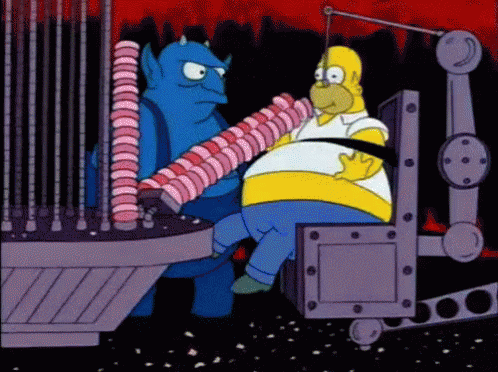
My digestive tract also took a while to adjust. However, after a week it was more regular and awesome than it was previously! I made sure to get enough fiber by either eating avocados (tons of fat and fiber) or taking an acacia fiber supplement.
Insomnia
When I decided to go super strict keto, I experienced insomnia, specifically where I’d wake up at 2-3 a.m. unable to go back to sleep. I would wake up feeling SUPER pumped. This can be a symptom that your blood sugar is too low.

Oddly enough, even though I’d have issues sleeping I’d still have plenty of energy throughout the day. I came to the conclusion, via investigation, that my carb intake was too low. I experimented with adding more carbs to my dinner (i.e. potato or sweet potato), and that improved my symptoms in a couple of days!
Freaking MCT Oil
MCT oil is the little darling of the keto community. So I jumped on the MCT train about a week in, adding half a tablespoon to my coffee in the morning.

And BOOM. Weight…loss…stalled. My energy levels dropped. Weird skin issues started popping up, such as super dry patches in odd areas.
I googled around and discovered that some people can react poorly to MCT oil. I also learned that it’s recommended to start out with about 1/2 a teaspoon and work your way up (which I totes didn’t).
I stopped using it and watched my skin improve, my weight loss resume, and my energy returned. Apparently MCTs aren’t for everyone.
The awesome transition
Energy
Within a few days of HANGING TOUGH, I was in ketosis (evidenced by my pee pee strips). After my torturous symptoms from carb-withdrawal, I arose like a mighty phoenix from the ashes.
I had some freaking energy. In the morning, I was bouncing off the walls annoying my poor, sleepy, student pals. I started exercising again, cleaning my house, and accomplishing all the mundane and/or difficult tasks I had been putting off for months. I no longer needed a mid-day nap, and the brain fog? Gone.

Cravings…WHAT CRAVINGS?
I noticed that I, someone who would punch a puppy in the face (not really folks, chill) if it meant I could eat a donut, no longer had any cravings. At first, I didn’t even notice because it was so subtle.

I was no longer sad I couldn’t have toast with my eggs, eat a small dessert after dinner, or have sugar in my coffee. People would eat cakes, pizza, tacos, etc. around me and I felt absolutely no urge to eat them.
Unlike other diets, I eventually didn’t require willpower. Mostly because of the fact that I wasn’t hungry and could wait longer between meals, but also because I wasn’t having those insatiable cravings!
Drum roll please. The results!
After following the keto diet for two weeks, here’s what happened:
- Fasting blood glucose
- Before: 114 mg/dl
- After: 94 mg/dl (less than 100 is considered normal)
- Blood pressure
- Before: 120/88 mm Hg
- After: 116/77 mm Hg
- Weight: I lost four pounds.
- Body fat percentage: I lost 5% body fat.
- Measurements: I lost 8.8 inches over my whole body, e.g. waist, arms, hips, and thighs.

Final thoughts
Should everyone do keto?
I am someone who strongly believes there is no one diet/eating-style to “rule them all.” Instead, I believe that there is a way of eating for almost any ailment.

So would I recommend keto to everyone based on my results? NOPE. However, I would suggest keto to anyone who (of course under the care of their physician or dietitian):
- Has done everything “right” to lose weight and it hasn’t worked.
- Is diabetic, pre-diabetic, has metabolic syndrome, and/or is showing signs of insulin resistance.
- Is severely overweight/obese.
- Has an autoimmune disorder.
- Was diagnosed with Polycystic Ovarian Syndrome.
- Has blood sugar issues.
- Diagnosed with epilepsy, seizures, or other neurological disorders.
Finally, I don’t agree with many at this point that keto is a lifelong way of eating. But it appears to be a great and temporary way of resetting your body and treating specific ailments. There is a lot more research supporting this than was previously available. In 2019, The American Diabetes Association released a report endorsing low-carb diets as a medical nutrition therapy for diabetes.
What’s next for me?
I will probably continue keto until I feel comfortable that my body is done being a crazy person. Eventually, I will re-introduce unprocessed carbs back into my diet and see where that takes me, i.e. starchy veggies, fruit, brown rice, quinoa, etc.
Overall, I couldn’t be more happy with my results. And the best part? When I was done with the two-week challenge I didn’t freak out and eat pizza/ice cream/all the foods afterward (like I’d done previously with every other diet). I had absolutely no urge to!
